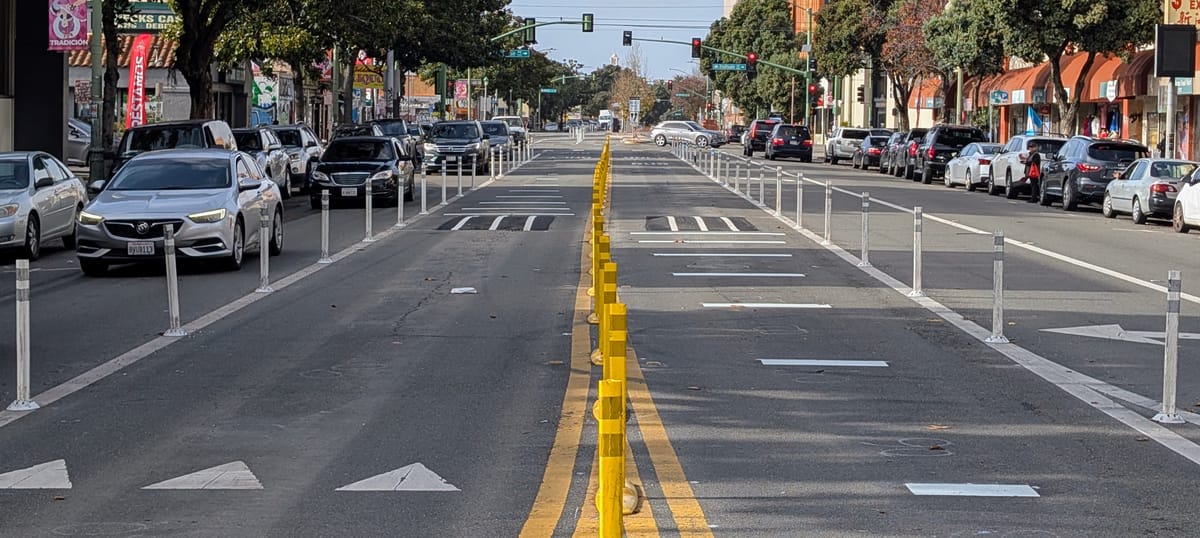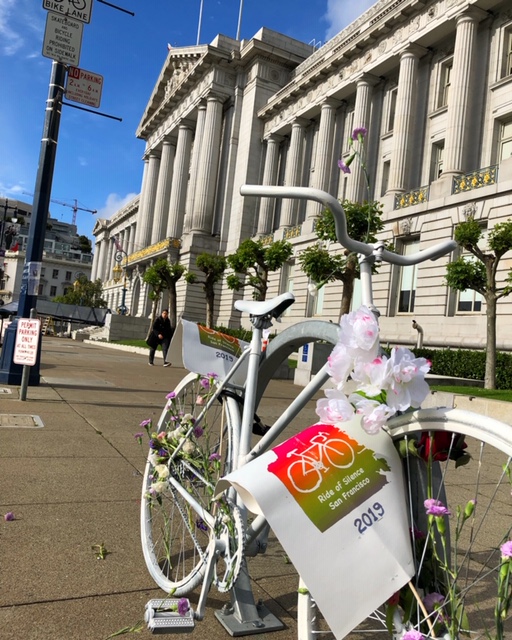A study by researchers at the University of British Columbia provides compelling new evidence that bike infrastructure makes cyclists safer -- a lot safer.
The study, published in the American Journal of Public Health, examined the circumstances around the injuries of 690 cyclists who wound up in emergency rooms in Vancouver and Toronto during a six month span in 2008 and 2009. Based on interviews with the cyclists, the authors plotted where the injuries occurred on each cyclist's route. Then for each route, the injury site and a randomly-selected control site were categorized in one of 14 different street types. The authors used this method to measure the safety of each street type while controlling for other factors.
They found that wide streets with parked cars and no bike infrastructure were by far the most dangerous for cyclists. Compared to that type of road, streets with bike lanes had injury rates 50 percent lower, while the risk of injury on protected bike lanes was a whopping 90 percent lower. Interestingly, multi-use paths -- or off-street trails where cyclists, pedestrians, skaters, and other non-motorized modes mix -- were found to reduce injury by a comparatively modest 60 percent.
The study also isolated street conditions that increase injury risk for cyclists, including downhill inclines, road construction, and streetcar tracks. These conditions were found to ratchet up the chance of injury by as much as 200 percent.
The results fly in the face of the once-influential philosophy of vehicular cycling, promoted most famously by activist John Forester beginning the 1970s. This school of thought held that cyclists were safest when they acted like vehicles, and that bike lanes made cyclists less safe. Foresterites successfully fought against the implementation of bike infrastructure in many American cities and held sway over bike treatments in highly influential engineering guides.
This research bolsters the case for bike lanes -- especially protected bike lanes -- in American cities. The authors of AASHTO's "Green Book," the bible of transportation engineering, and its bikeway design guide should be taking a hard look at the data on protected bike lanes. The organization of state DOTs still considers these lifesaving treatments "experimental" for the supposed lack of research demonstrating their safety.





